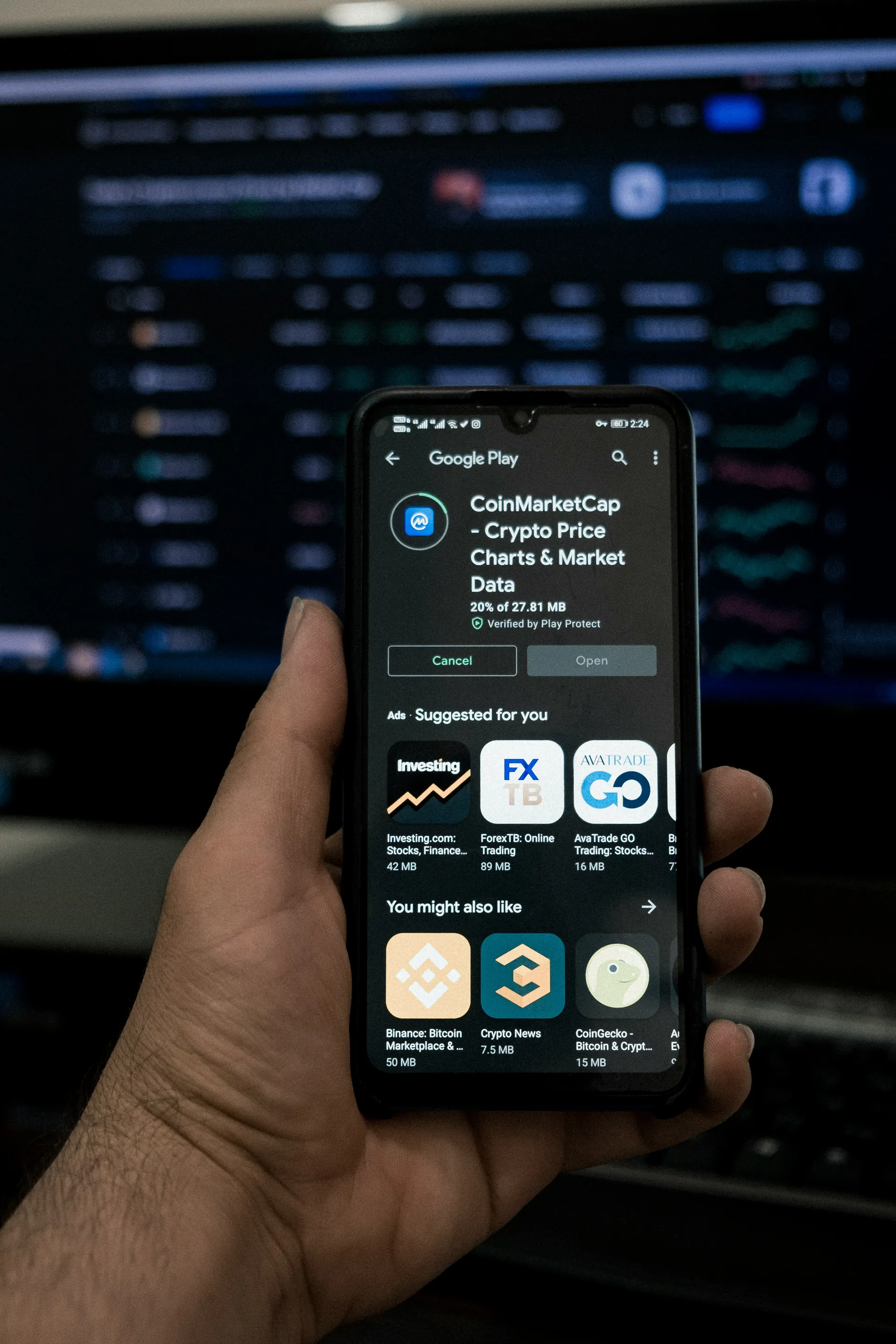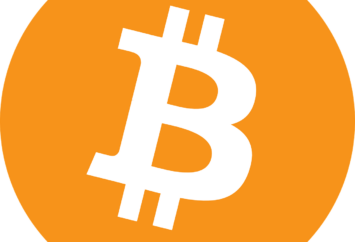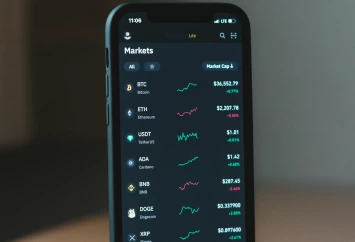Introduction: Unveiling Solana
Solana is a prominent name in the cryptocurrency world, gaining attention for its innovative approach to blockchain technology. But what exactly is Solana?
In essence, Solana is a blockchain platform built to support decentralized, scalable applications. Established in 2017 by Anatoly Yakovenko and Raj Gokal, it operates under the Solana Foundation in Geneva and is developed by Solana Labs, based in San Francisco.
The platform’s native cryptocurrency, SOL, serves as the backbone of the Solana ecosystem. It is used for transaction fees, staking, and provides holders with governance rights to vote on future upgrades and proposals.
SOL’s dual role as both a cryptocurrency and a governance token is pivotal to the network’s functionality and growth. Solana addresses challenges like slow transactions and high fees, standing out as a competitor to platforms like Ethereum. In this article, we’ll explore its technologies and role in the crypto space.
Understanding Solana: The Basics

Definition of Solana
Solana is not just another cryptocurrency; it is a robust blockchain platform designed to support the development and operation of decentralized applications. At its foundation, Solana is a high-performance blockchain that uses innovative technologies to deliver high transaction speeds, low latency, and scalability. This makes it a preferred platform for diverse applications, including decentralized finance (DeFi), non-fungible tokens (NFTs), gaming, and other complex decentralized apps.
The platform is smart contract-compatible, much like Ethereum, enabling developers to build and deploy various crypto applications. Solana’s native cryptocurrency, SOL, is integral to its ecosystem, facilitating transactions, staking, and governance. This comprehensive approach ensures that Solana is not only fast and efficient but also a reliable and decentralized network.
The Founding Vision
Solana’s founding vision was to establish a blockchain protocol capable of handling high throughput and low latency, allowing for fast transactions at minimal costs. This vision emerged from the challenges faced by existing blockchains like Bitcoin and Ethereum, which struggled to process a high volume of transactions per second.
Anatoly Yakovenko, one of Solana’s founders, envisioned a system that could synchronize global information as quickly as the laws of physics would allow, rather than merely optimizing for maximum throughput.
In 2018, Yakovenko and his co-founders began developing Solana with the aim of creating a scalable and highly efficient blockchain. A key breakthrough was the introduction of the Proof of History (PoH) mechanism, which allows nodes to validate transaction timestamps without requiring prior consensus. This innovation significantly reduces latency and increases the number of transactions that can be confirmed simultaneously.
Key Technologies in Solana
Proof of History (PoH)
One of the cornerstone technologies of the Solana blockchain is the Proof of History (PoH). Unlike traditional blockchains that require validators to reach consensus on timestamps, PoH acts as a cryptographic clock that records the passage of time in a verifiable sequence.
This mechanism allows nodes to agree on the order of events without the need for extensive communication, significantly reducing the time required to validate transactions and enhancing network efficiency.
By integrating PoH, Solana minimizes the overhead associated with traditional message exchanges between nodes, resulting in faster transaction processing. This innovation is a critical component of Solana’s hybrid consensus model, which combines PoH with Proof of Stake (PoS) to ensure both speed and security.
Sealevel and Turbine: Parallel Processing and Data Propagation
Solana’s ability to handle thousands of transactions per second is largely due to its Sealevel and Turbine technologies. Sealevel is a parallel runtime that enables the simultaneous execution of multiple smart contracts.
By leveraging modern multi-core processors, Sealevel structures transactions to specify which accounts they will interact with, preventing conflicts and allowing non-overlapping transactions to execute in parallel. This approach significantly boosts throughput and reduces delays, making Solana one of the most efficient blockchain platforms available.
Turbine, on the other hand, is a block propagation protocol that splits blocks into smaller packets for faster transmission across the network. This protocol reduces latency and improves block confirmation speed by ensuring that data is transmitted efficiently. When combined with Sealevel, Turbine further enhances the network’s scalability by streamlining the process of transaction validation and block propagation.
Additionally, Solana’s Gulf Stream protocol plays a key role in transaction processing by pushing transaction validation to the network’s edge. This mempool-less transaction forwarding system allows transactions to be pre-executed and forwarded to the next block producer set without waiting for confirmations, leading to fast transaction processing and low latency.
Solana’s Place in the Crypto Ecosystem

Performance Benchmarks
Solana has been making significant strides in terms of performance, positioning itself as a formidable competitor in the crypto ecosystem. One of the key performance benchmarks is its transaction throughput. Solana is capable of handling an impressive 65,000 transactions per second, a figure that far exceeds many other blockchain networks.
This high throughput is a result of its efficient consensus mechanisms, including Proof of History (PoH) and Proof of Stake (PoS), as well as innovations like Sealevel and Turbine, which enable parallel processing and optimized data propagation.
In addition to high transaction speeds, Solana has also demonstrated remarkable improvements in latency and transaction processing times. During a recent surge in traffic, infrastructure upgrades by companies like Fireblocks reduced median transaction processing times to just 6 seconds and cut broadcasting times to 47 milliseconds.
These enhancements have significantly improved the overall user experience, making Solana an attractive choice for applications requiring fast and reliable transactions.
Use Cases and Adoption
Solana’s robust infrastructure and high-performance capabilities have led to widespread adoption across various sectors. In the realm of decentralized finance (DeFi), Solana hosts several successful projects such as Jupiter, Orca, and Raydium, which have facilitated billions of dollars in transaction volumes. These platforms leverage Solana’s fast transaction times and low fees to provide efficient and user-friendly DeFi experiences.
Beyond DeFi, Solana is also making inroads in enterprise solutions. Partnerships with major companies like Mastercard and Google Cloud have enhanced the platform’s credibility and usability. For instance, Mastercard’s collaboration with the Solana Foundation aims to establish common standards for blockchain interactions, improving security and compliance for NFTs, ticketing, and payment solutions.
Similarly, Solana Pay, integrated with Shopify, allows businesses to accept Solana-compatible USD stablecoins, eliminating bank fees and chargebacks.
Solana’s versatility is further evident in its adoption in gaming, social networking, and even retail. Projects like Grape Protocol and Boba Guys’ blockchain-based loyalty program demonstrate how Solana can enhance user engagement and streamline operations in diverse industries.
These use cases highlight Solana’s potential to transform various sectors by providing a scalable, efficient, and secure blockchain platform.
Conclusion: The Future of Solana
In conclusion, Solana stands out as a robust and innovative blockchain platform, poised for significant growth within the crypto ecosystem. With its high transaction speeds, low fees, and advanced technologies like Proof of History (PoH) and Sealevel, Solana is well-equipped to meet the demands of decentralized finance (DeFi), non-fungible tokens (NFTs), and enterprise solutions. Despite facing potential challenges such as market volatility and competition, experts project a strong upward trajectory for SOL, with price forecasts ranging from $200 to $555 by 2025.
As Solana continues to expand its ecosystem and draw institutional interest, this is an exciting time to explore and potentially invest in this promising cryptocurrency. Whether you are a developer, an investor, or simply a curious observer, staying informed about Solana’s progress could prove highly rewarding.


